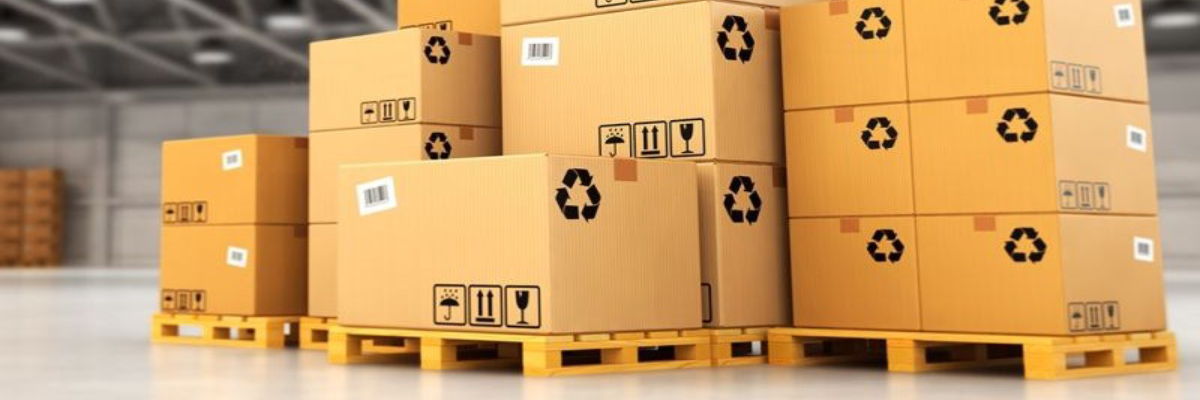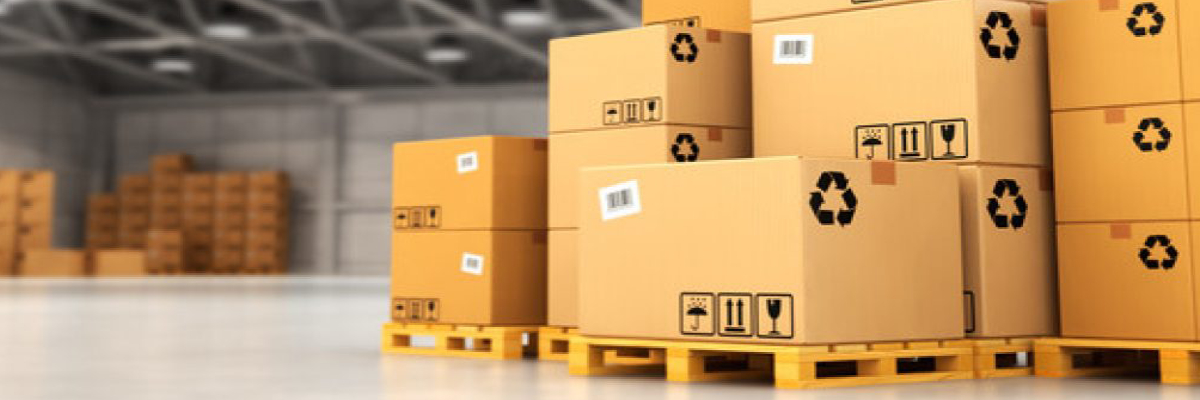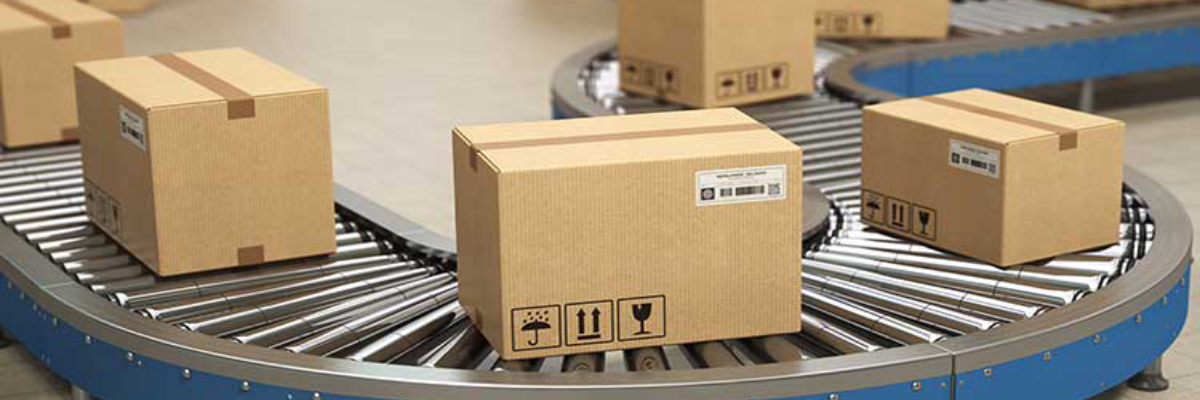How to Pack and Prepare Your Freight for Shipping?

Monday, 16 September 2019 | Freight Shipping
Logistics packaging is the most underrated, yet a vital part of supply chain. Getting your freight packaging right is critically important and it is your sole responsibility to ensure your freight reaches the customer safely. Cargo damage not only results in financial losses, but also drives a wedge between customers and their service providers. Fortunately, you can minimize such risks by optimizing your freight packaging and transportation management system.
Shipping a product to customers or supplying to retailers is much more than simply ‘placing it in a box’. To avoid freight damage and claims, and help your organization thrive, it is essential to understand and follow some proactive steps both externally and internally.
-
Know the minimum package requirements
There are several classes of freight, categorized based on product’s weight, dimensions, density, stow-ability, handling and liability. Make sure to check the freight class specifications set forth by your third party logistics (3PL) provider. Not only this categorization provides standard pricing, but also ensures adequate safety of shipment. Hence, make it a point to follow the packaging requirements according to your freight class.
-
Consider loading options
Freight brokers and carriers offer a number of loading options, from which businesses can make a pick. Full truckload (FTL) and Less than Truckload (LTL) shipping are highly sought-after shipment strategies these days. When a shipper contracts an entire truck for a single shipment by gaining its exclusive use, it is termed as full truckload. A shipping service where the freight is smaller than a whole truckload and multiple shippers share space on the same trailer by only paying for their freight weight is termed as LTL freight shipping. Depending on your freight class, budget and how fast you need it delivered, you need to take an informed decision.
-
Invest in best quality packaging materials
Select the right box, pallet or crate suitable for packing the shipment items. The container you choose must depend on your freight shipping requirements. Every item should be wrapped separately and should have an impact protection layer. Adding cushioning materials such as bubble wrap, paper padding and foam cushioning to the item will ensure absolute protection. Finally, you need to close the boxes securely with strong tapes to avoid any sort of tears or corner damage during handling and transit.
-
Label the shipment
Freight should be labeled accurately before its pickup. Make sure to include the full name, phone number full address of the shipper and consignee. Depending on the freight type and liability, you may add precautionary labels or Bill of Lading (BOL) details. Be sure to place the label in a conspicuous area of the package securely with adhesives, staples or shrink wrap.
Investing in good quality packaging materials and taking the time to properly pack your product will reduce the risk of freight damage, loss and claims, thus helping you provide a better level of customer service.





